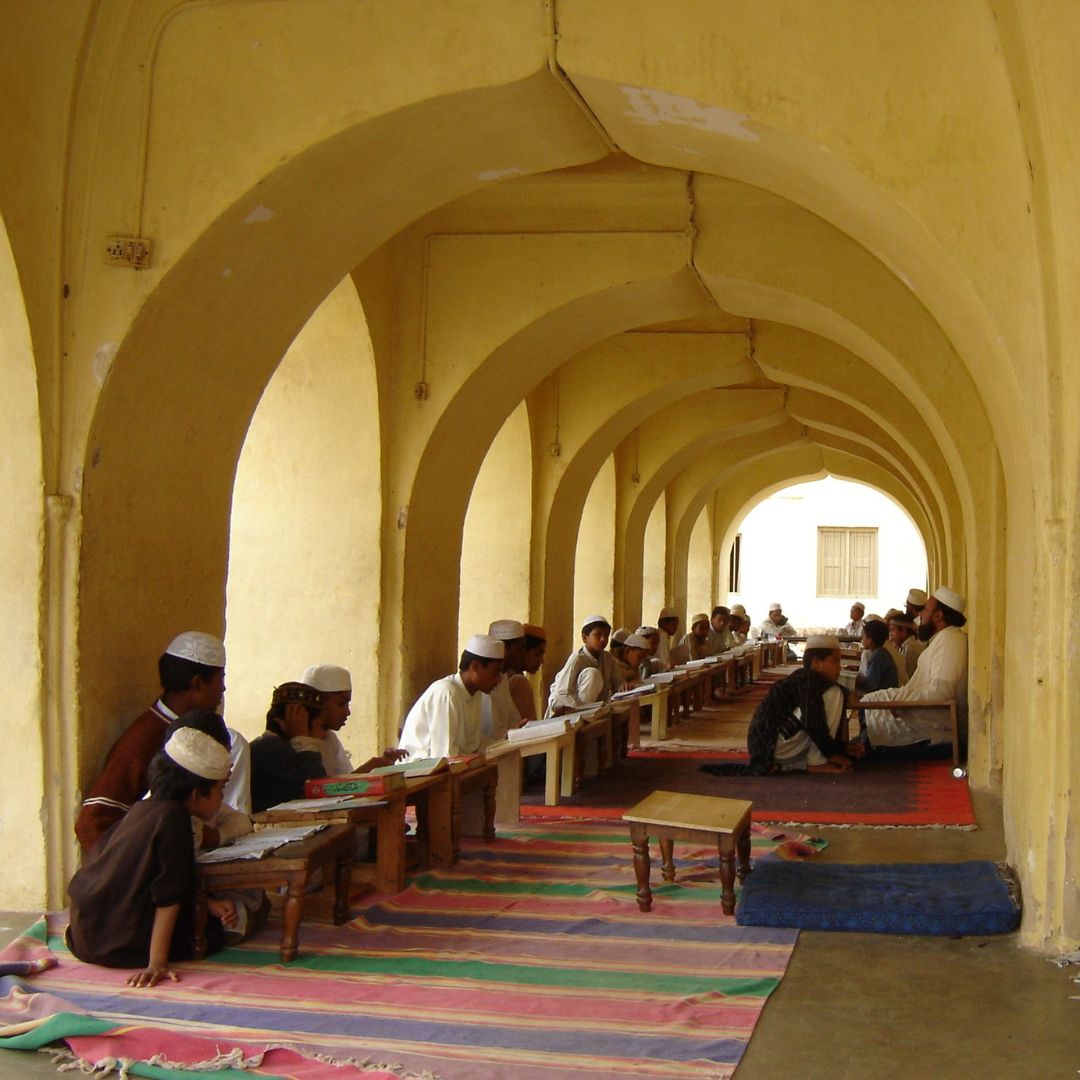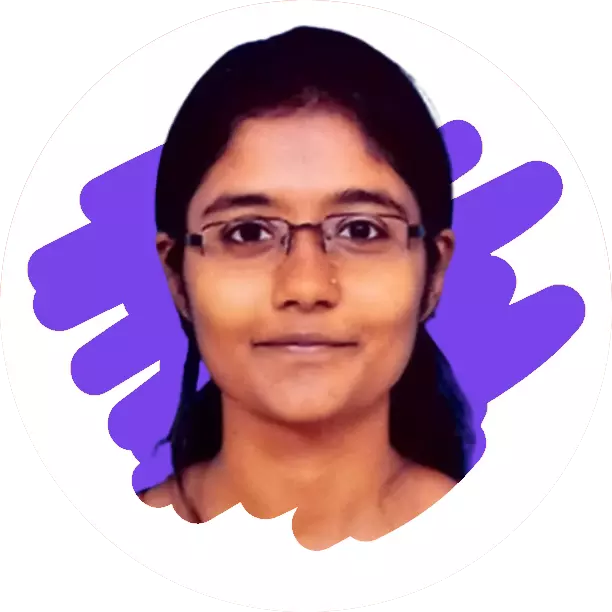
Image Credits: Wikipedia
'Officers Instead Of Maulvis': UP Government's New Initiative Aims To Introduce Science & Maths In Madrasas
Writer: Laxmi Mohan Kumar
She is an aspiring journalist in the process of learning and unlearning many things. Always up for discussions on everything from popular culture to politics.
Uttar Pradesh, 9 Nov 2022 8:44 AM GMT
Editor : Jayali Wavhal |
She writes about gender issues, human interest, and environment.
Creatives : Laxmi Mohan Kumar
She is an aspiring journalist in the process of learning and unlearning many things. Always up for discussions on everything from popular culture to politics.
Under a new initiative announced by the Uttar Pradesh Government and minority welfare ministry, madrasas are to be reinstated with a curriculum that includes science, maths, and other subjects.
Madrasas are centres that generally provide education free of cost and focus on a structure surrounding religious and cultural teachings. The centres came up in the seventh century by those who wanted to impart Islamic teachings, and over the next four centuries, they developed as educational centres. Madrasas have played a key role in modern Indian history and were seen to promote a cultural identity among Muslim children as well as others. So while it does not produce NCERT, CBSE or, UGC graduates, the historical institution is known for imparting cultural education that most established universities do not regard.
As per data made available by the Ministry of Education, the central government is extending financial aid to the Madrasas in about 18 states to develop their educational standards. Currently, there are over thousands of Madrasas in almost every state of India, and the highest number among these are said to be located in Uttar Pradesh, with over 20 lakh students studying in 16,513 recognised madrasas. The Uttar Pradesh government, along with the minorities welfare minister, recently announced a reform in these historical education systems.
Goodwill Measure With Debatable Goals
Following in the steps of Prime Minister Narendra Modi's vision of "Quran in one hand and laptop in the other", the Uttar Pradesh government is planning to introduce subjects of mathematics and science, among others, in Madrasas. Talking about the initiative, cabinet minister Dharampal conveyed that the initiative would help students become "officers" instead of "maulvis." He further added that the broader educational exposure would provide students with the opportunity to attempt competitive exams and join the Indian Administrative Service and Provincial Civil Services.
While the initiative comes across as a goodwill measure, the way it has been conveyed has been considered controversial as it reduces madrasas as solely religious institutions. Many netizens conveyed that the ministers have downplayed the role played by madrasas in Indian culture by providing free education to many over the years. However, ministers continued to pour in praises for the initiative and said that it was a move toward transforming Uttar Pradesh into "Uttam (better) Pradesh."
As a part of the same, the minorities welfare minister said that illegally occupied lands under the Waqf board would be vacated to build more schools and hospitals. According to a report by FirstPost, the government also plans on setting up "govansh sthal" (cowshed) in each of the Assembly constituencies.
Madrasa Education Over The Years
Madrasas had long existed in the country and are said to have been brought in first in the southern states of the country before they forayed to the north. Most of these were largely informal madrasas and taught subjects without a set framework. It was during Emperor Akbar's reign in the 16th century when scholar Fathullah Shirazi introduced rational sciences (ma'qulat) in the madrasa curriculum that included studies of astronomy, geography, physics, and philosophy.
Later on, scholars from every century kept revising and rethinking madrasa education to benefit larger groups of students. One such example of this is the Madrasah Aliyah in Kolkata, which was attended by the social reformer Ram Mohan Roy. According to Wikipedia, the institution was granted university status by the West Bengal government and now offers courses in Engineering, Arts, Science, and Management. However, before it was credited as a University, they taught a range of subjects from natural philosophy, Arabic, Persian, theology, and Islamic Law, to arithmetic, geometry, rhetoric and oratory.
Madrasa education in the contemporary ages has taken a backseat, according to reports and surveys taken by the Students' Islamic Organisation of India, Karnataka. Between the years 2014-16, many madrasas fell flat from the idea of the "model madrasas" that engaged children in subjects of sports, computer, and quality education in science and maths. They claimed that about 80 per cent of students from over 50 madrasas lacked access to developing an understanding of subjects of science, mathematics, social science subjects, and languages. In such a time and space, government initiatives to ensure a wide variety of subjects are brought back into madrasa education could potentially engage and empower many students.
Also Read: Mob Breaks Into Heritage Madrasa To Perform Dussehra Puja, 9 Among Them Booked
 All section
All section














